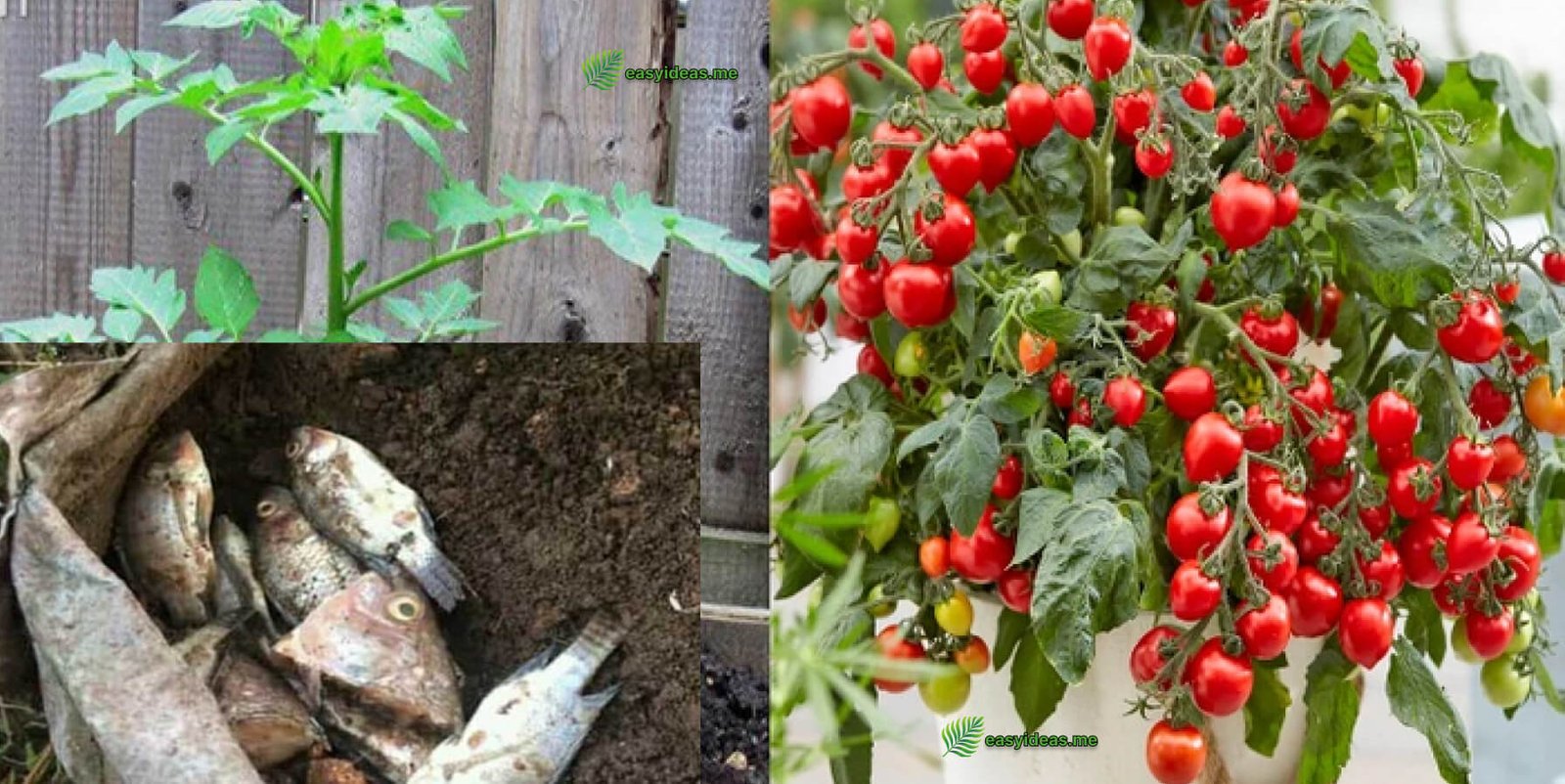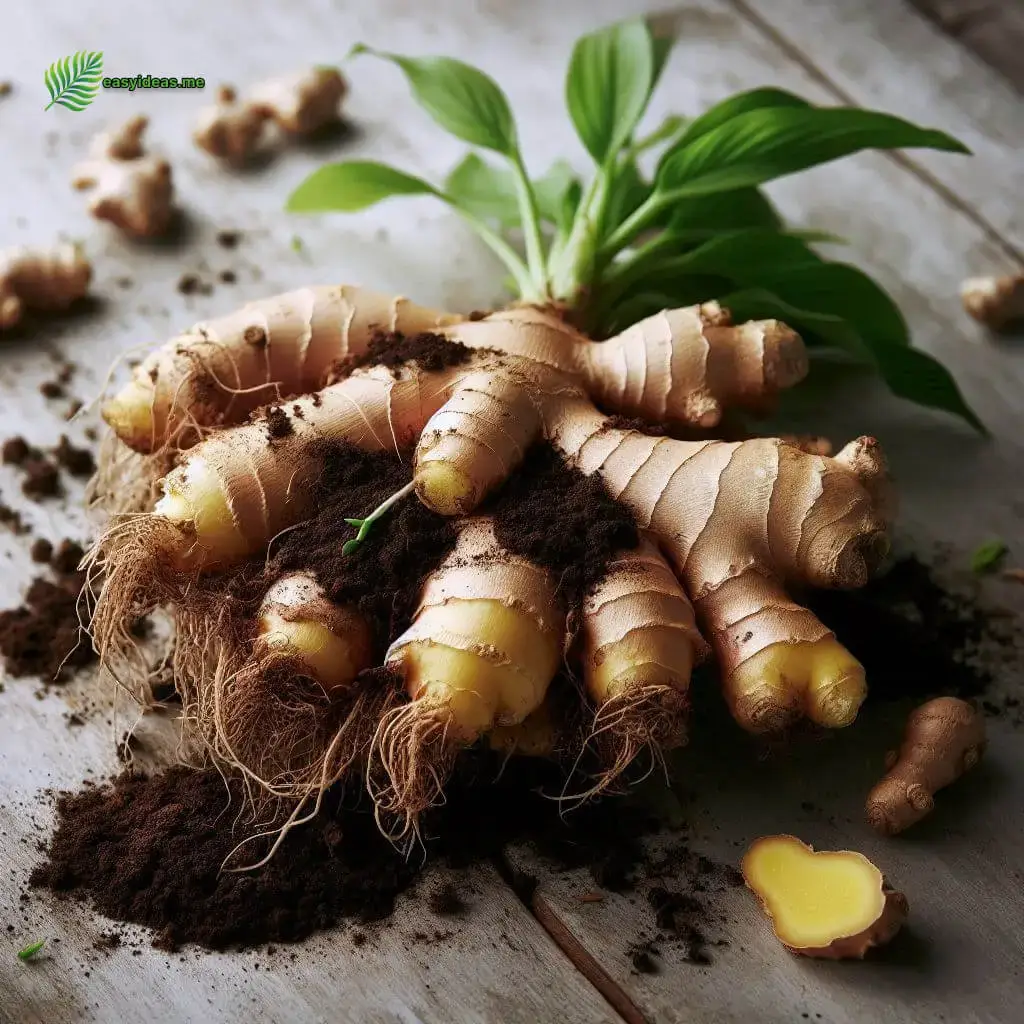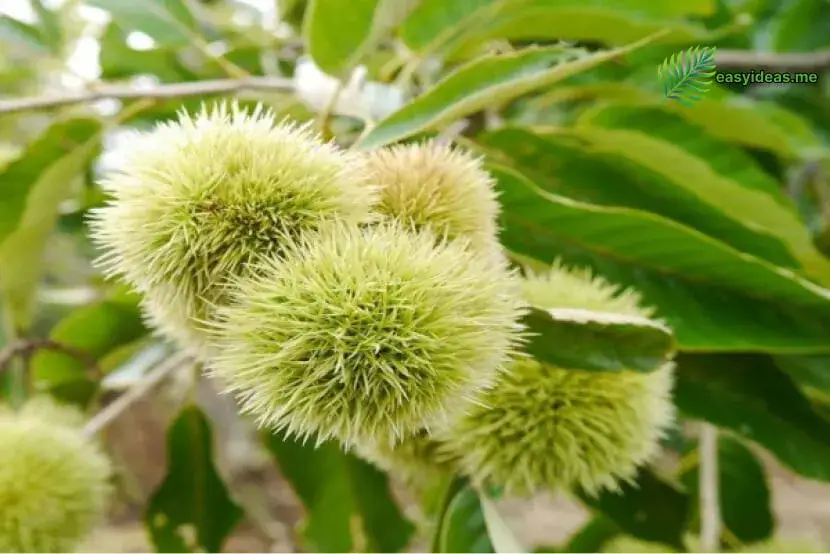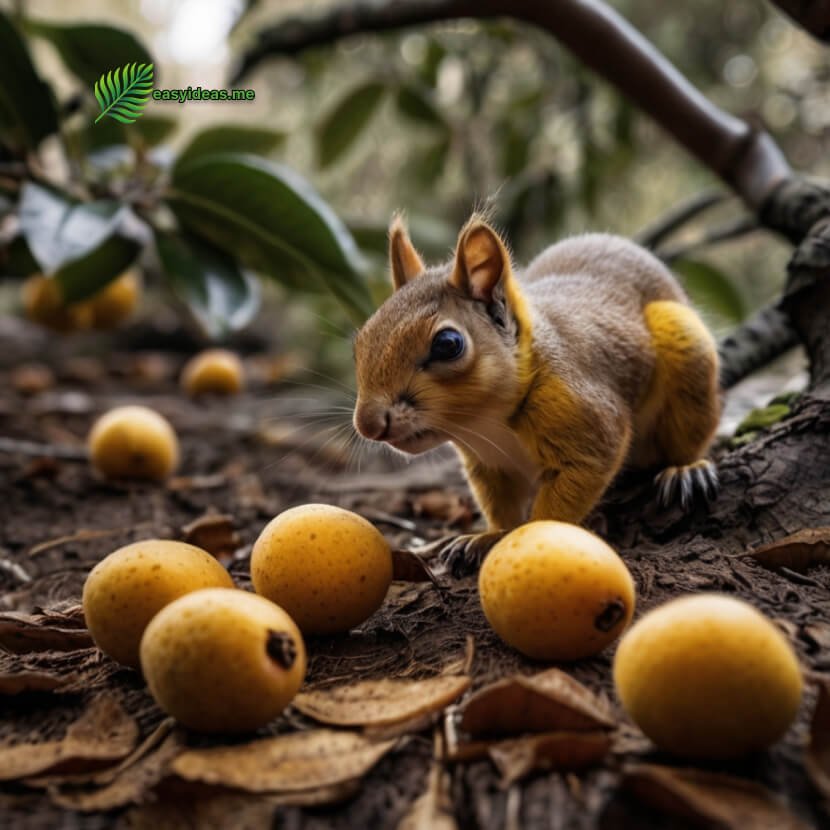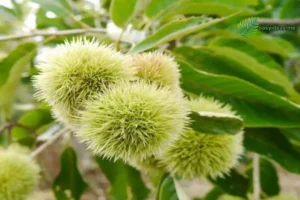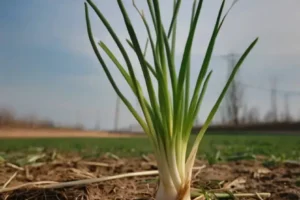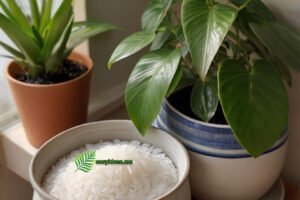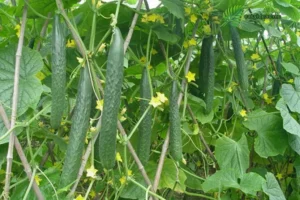Currently, there are many organic fertilizers available that help plants grow and increase productivity just as effectively as inorganic fertilizers.
Among them, it is necessary to mention fish fertilizer.
So, what is the effect of fish fertilizer? How is it used? Let’s follow the article below to find out, brought to you by Easy Ideas!
1. Ingredient
Fish fertilizer is a type of fertilizer produced from fish waste materials such as fish guts, heads, and carcasses, which contain a high amount of organic nitrogen.
- Fish contains a very high level of protein and has been decomposed by microorganisms into easily absorbable amino acids for plants.
- It provides a complete range of macro and micronutrients (N, P, K, Ca, Mg, Cu, Fe, Mn, Zn, B).
- It contains various vitamins from groups A, D, and B.
- It contains diverse beneficial microorganisms with strong biological activities for the soil and plants.
However, for plants to absorb these nutrients, fish fertilizer needs to undergo a processing stage to be transformed into easily soluble compounds.

2. Benefits of Fish Fertilizer for Plants
For soil:
- Soil Reclamation: Fish fertilizer aids in soil reclamation, particularly in dry and infertile soils. It helps improve soil fertility and structure, making it more suitable for plant growth
- Enhanced Soil Moisture Retention: Fish fertilizer increases the soil’s ability to retain moisture, especially in sandy or dry soils. It helps prevent water evaporation and ensures that plants have access to sufficient water for optimal growth.
- Improved Soil Structure: Fish fertilizer improves soil structure by loosening compacted soil and promoting the formation of aggregates. This enhances the soil’s ability to hold water, allows for better root penetration, and improves nutrient uptake by plants.
- Detoxification: Fish fertilizer helps detoxify harmful substances such as nitrates, salts, and other detrimental compounds in the soil. It reduces the negative impact of these substances on soil and plant health.
- Soil Organic Matter and Nutrient Enrichment: Fish fertilizer contributes to increasing the organic matter content in the soil, providing a source of nutrients and beneficial microorganisms. This enriches the soil, promotes the growth of beneficial soil organisms, and enhances overall soil health.
For plants:
- Increased Plant Resistance: Fish fertilizer helps enhance plant resistance against pests, diseases, and harsh weather conditions. It strengthens the plant’s immune system, making it more resilient to external stressors.
- Essential Vitamins: Fish fertilizer supplies essential vitamins that promote healthy root development and enhance metabolic processes in plants.
- Amino Acid Nutrition: The amino acids present in fish fertilizer facilitate easy absorption of nutrients by plants, ensuring efficient nutrient uptake.
- Chlorophyll Production Support: Fish fertilizer aids in the production of chlorophyll, which enhances the photosynthetic capacity of plants. This leads to improved growth and productivity.
- Nutrient Supply for Growth: Fish fertilizer supplies nutrients necessary for plant growth, ensuring balanced nutrition and supporting overall plant development.
- Flowering and Fruit Setting: Fish fertilizer stimulates flowering and fruit setting processes, promoting earlier and more abundant production.
- Improved Quality and Flavor: Fish fertilizer enhances the quality and flavor of crops, contributing to better-tasting and more desirable produce.
- Detoxification: Fish fertilizer helps detoxify certain chemicals, mitigating the harmful effects of herbicides, inorganic fertilizers, and pesticides on plants.
3. Some Ways to use Fish Fertilizer:
For short-term vegetables:
Leafy vegetables such as spinach, and lettuce are fast-growing crops. Fresh fish needs time to decompose and turn into fertilizer, so it is necessary to finely chop or grind the fish and let it decompose before planting vegetables.
Fish is rich in synthesized nutrients, and fish fertilizer contains a variety of macro and micronutrients. You don’t need much; just 100g of fish per foam container is sufficient. Start by adding a layer of soil at the bottom of the foam container, around 10cm thick. Then evenly spread 100g of chopped (or ground) fish on top of the soil layer. Add another layer of soil, also at least 10cm thick. Press the foam container firmly and let it sit for a few weeks before planting the vegetables.
For long-term vegetables:
For vegetables such as cabbage, turnip, tomato, potato, bottle gourd, pumpkin, fuzzy gourd, chayote, eggplant, chili, and coriander, you only need to dig a hole about 10cm away from the plant base and 15-20cm deep, then bury either a whole fish or chopped fish.
The fish will gradually decompose during the growing process, providing nutrients to the plants. This helps supply the necessary nutrients for the vegetables and improves the soil quality. As the fish decomposes, the nutrients will be absorbed by the plant roots, promoting healthy growth.

Compost into compost for later use:
You use a tall cardboard box and spread a layer of 10cm of soil, then a layer of 1-2cm of crushed fish, followed by a layer of 7-10cm of soil, and then another layer of fish like the previous one. Repeat this process until the box is nearly full, then spread a layer of 10-15cm of soil. Close the lid, and after 2 months, you can mix and fertilize the vegetables. Use the remaining portion gradually for subsequent batches of vegetables.
4. Some note
- Any kind of fish can be used, but freshwater fish is better than saltwater fish, and fish with scales are easier to handle than those with smooth skin. It is preferable to use small fish, as they are easier to chop.
- The fish composting soil needs to be moist, so it should be loose, well-drained, and can be mixed with rice husks, coconut fiber, or finely chopped vegetable scraps.
- Burying the fish can attract flies and maggots, so it is advisable not to bury the fish too shallow and sprinkle a bit of lime powder on the surface of the soil. If the fish hasn’t fully decomposed and excess water is applied, you may notice a strong fishy odor.
- Caution: Currently, fish from rivers, streams, or ponds in some areas near industrial zones may be contaminated with heavy metals, particularly arsenic. If you use “dirty fish,” the vegetables may also become contaminated.

